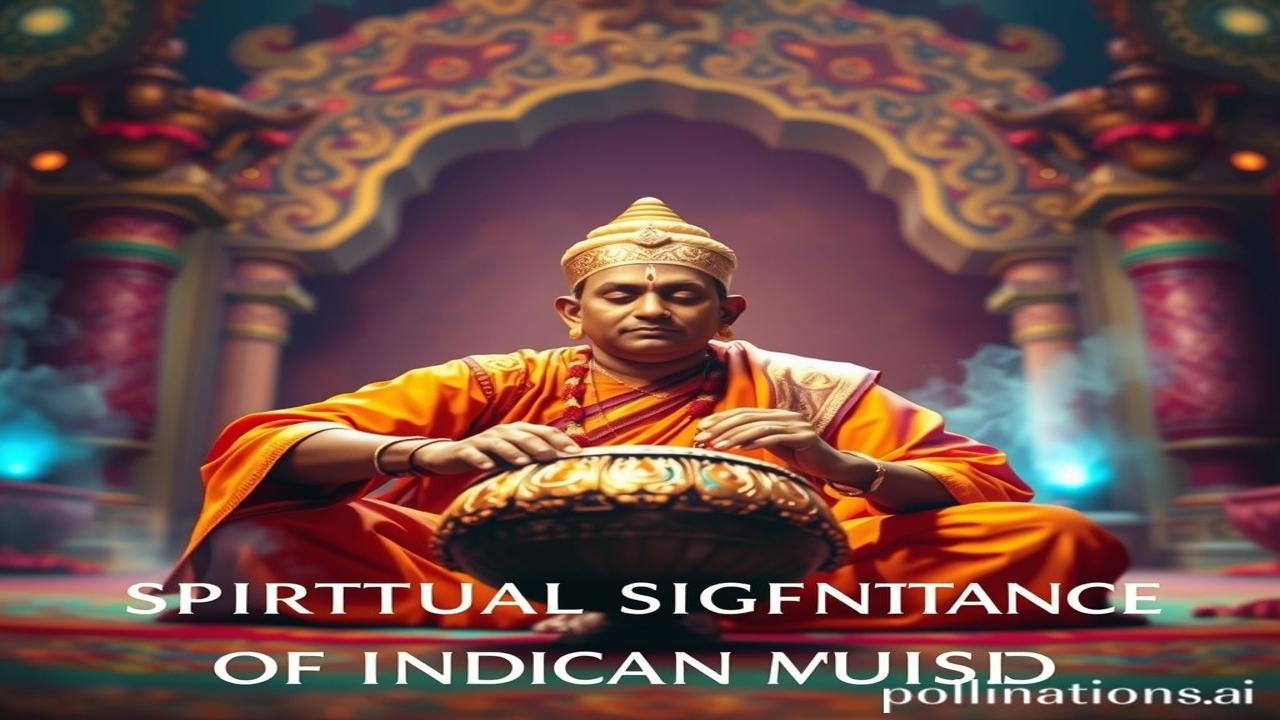Raag-Rang: The Spiritual Symphony of Indian Classical Music
Kabhi socha hai, jab shunya (void) tha, tab bhi koi aahat (sound) toh hogi? Ek aisi aahat jo brahmaand (universe) banane se pehle hi maujood thi? Indian classical music is just that – a primal sound, a spiritual echo resonating through millennia. Yeh sirf sangeet nahi hai, yeh toh sadhana hai, ek yog hai jo atma ko parmatma se milata hai. Let’s dive into this sonic ocean and explore the depths of its spiritual significance.
Bharatiya Sangeet: A Historical Tapestry Woven with Devotion
Indian Classical Music, in its two main forms – Hindustani and Carnatic – has roots tracing back to the ancient Natyashastra (around 2nd century BCE – 2nd century CE). This treatise by Bharata Muni laid the foundation for Indian performing arts, including music. From chanting of Vedic hymns to the devotional songs of the Bhakti movement, sangeet has always been intertwined with spirituality.
But why is it important? Well, it’s more than just entertainment. It’s a pathway to self-realization. In a culture where sound (Nada) is considered divine, music becomes a sacred tool. Think about it: the “Om” sound itself is considered the origin of creation! Each raga, each taal, is believed to have a unique energy, capable of influencing our mind, body, and spirit. The Samaveda, one of the four Vedas, is essentially a collection of hymns meant to be sung, solidifying the connection between music and spirituality from the very beginning.
Life in Rhythm: Saints, Rulers, and the Everyday Dhun
Imagine a bustling medieval court. Tansen, the legendary musician in Akbar’s court, playing Raag Deepak – said to have the power to ignite lamps! Ya phir, a little village temple in South India, where a dedicated musician practices intricate ragas for the evening puja. Ma Rukmini singing a devotional song while grinding spices – her voice filled with longing and devotion for Lord Krishna.
The lives of these people were intricately woven with music. It wasn’t just a performance; it was a way of life. Farmers sang lok geet (folk songs) while working in the fields, connecting with the earth and each other. Sufi saints used qawwalis (devotional songs) to reach ecstatic states of divine love. Music was a language understood by all, irrespective of caste, creed, or social status. The instruments themselves – the veena, the sitar, the tabla – were considered sacred, crafted with devotion and imbued with spiritual energy.
Echoes of the Past: Cultural Significance Today
Even today, the spiritual echoes of Indian classical music resound throughout the country. From the aartis in temples to the soothing ragas played during yoga sessions, its presence is undeniable. Ragas like Bhairavi are traditionally played at dawn, believed to awaken the spirit and set the tone for the day. Raga Yaman is often played at night, offering solace and peace.
This connection to Bharatiyata (Indianness) is profound. It’s a reminder of our rich heritage, our deep-rooted spirituality, and the power of sound to transcend the mundane. In a world increasingly dominated by fast-paced, commercial music, Indian classical music offers a sanctuary – a space for introspection, contemplation, and connection with something larger than ourselves.
Myth vs. Reality: Busting the Elitist Image
Log samajhte hain ki Indian classical music sirf bade logon ka shauk hai, ya sirf ‘intellectuals’ ke liye hai… lekin asli sach yeh hai ki yeh toh har dil ki dhadkan mein basa hai! It’s not just for the elite. While rigorous training is required to become a proficient artist, the essence of the music – its emotional depth and spiritual power – can be appreciated by anyone. The accessibility of online platforms and cultural initiatives is breaking down these perceived barriers, making it easier for people from all walks of life to engage with this beautiful art form.
A Symphony of Senses: Smells, Sounds, and Soul
Imagine the wafting aroma of incense mingling with the sweet fragrance of jasmine flowers as a musician begins to tune his sitar. The soft glow of oil lamps illuminating the intricate carvings on the temple walls. The gentle breeze carrying the sound of chanting from a nearby ashram. The air itself feels thick with anticipation, a palpable sense of reverence.
The temple walls, cool and smooth to the touch, seem to vibrate with the ancient mantras etched upon them. The echo of the tabla, deep and resonant, fills the space, creating a sense of groundedness. It’s a symphony of senses, a holistic experience that engages not just the ears, but the entire being.
A Journey Within: Final Thoughts
Indian classical music isn’t just about technical skill; it’s about surrendering to the sound, letting it guide you on a journey within. It’s about connecting with the divine, finding peace, and realizing your true potential. As the Bhagavad Gita says: “कर्मण्येवाधिकारस्ते मा फलेषु कदाचन” – You have the right to perform your prescribed duty, but you are not entitled to the fruits of action. In the context of music, this means focusing on the devotion and the process, rather than seeking external rewards. Let the music flow, let it heal, let it transform. This is the spiritual essence of Indian classical music.
